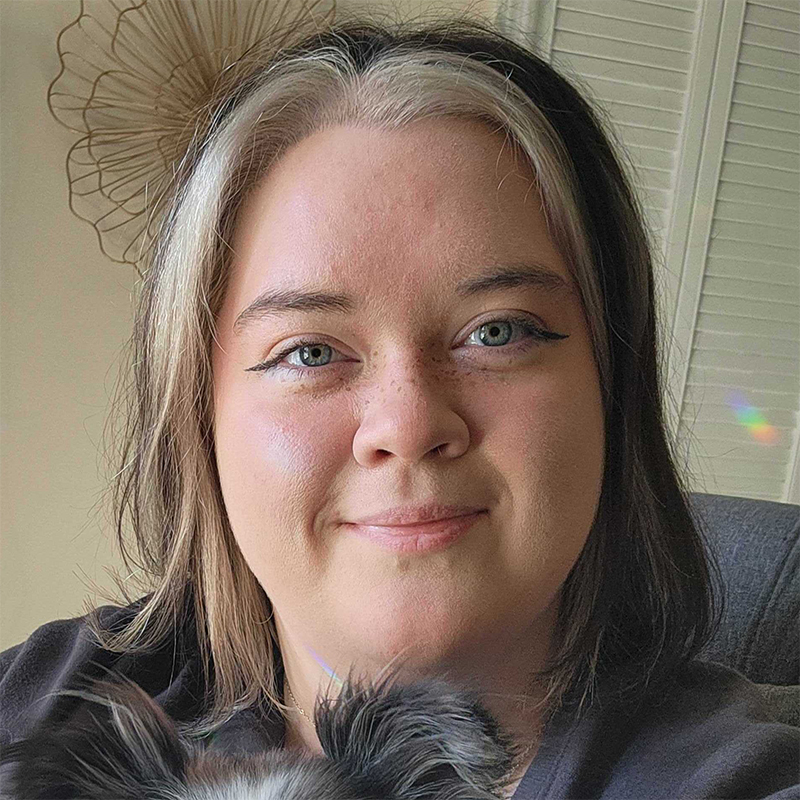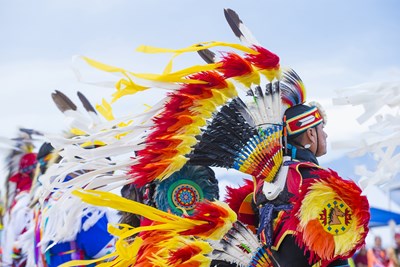On January 12, new regulations went into place, which caused some museums to close entire wings of their museum. These new regulations were designed to require museums and federal agencies to obtain informed consent from Native American or Native Hawaiian tribes before displaying any artifacts.
Key Changes
The key changes of the law include:
- Shifting the responsibility of consultation from the tribal nations and onto the museum and institution;
- Requiring museums and institutions to show respect and recognition to the Indigenous lineal descendants and tribes;
- Eliminate the term “culturally unidentifiable” (which kept many objects away from descendants);
- And set a five-year clock where museums and federal agencies to inventory their collection and consult with the appropriate tribe.
It is all a part of the 1990 Native American Graves Protection and Repatriations Act (NAGPRA). Interior Secretary Deb Haaland (Laguna Pueblo and the first Native American to hold a US Cabinet position) stated that the regulation change:
“The Native American Graves Protection and Repatriation Act is an essential tool for the safe return of sacred objects to the communities from which they were stolen. Among the updates we are implementing are critical steps to strengthen the authority and role of Indigenous communities in the repatriation process.”
Museum Hall Closures
Soon after the regulations went into place, some museums began to shut down and cover any artifacts they currently had displayed. The American Museum of Natural History was one of those. This included exhibits that housed large objects like the Iroquois Longhouse and a model of the Menominee birchbark canoe.
The president of the museum, Sean Decatur, stated that the cultural artifacts were significant, but the information was outdated. He went on to say the exhibits “are vestiges of an era when museums such as ours did not respect the values, perspectives, and indeed shared humanity of Indigenous peoples.”
The Field Museum in Chicago
The Field Museum in Chicago also has been affected. Rather than closing and removing the artifacts, it simply covered them. The museum stated that it follows NAGPRA, but it also claimed it didn’t have funerary artifacts and remains on display. The museum’s database says otherwise, showing that there are over 1,300 remains and 964 burial objects.
A former employee from the Field Museum, Debra Yepa-Pappan (Jamez Pueblo) left her position after six years. During her time there, she remembered past instances of Indigenous visitors notifying the staff that items on exhibition were sacred and inappropriate for display.
She told Native News Online, “It had to take a change in the law for [the Field Museum] to act on covering cases. What that shows me is that there isn't confidence or acknowledgment that tribal knowledge is important and valid. I think there needs to be more understanding institutionally about why this is important to Native nations.”
Denver Art Museum
Denver Art Museum also had a Mississippian Caddoan ceramics gallery that was covered out of an “abundance of caution.” The issue with this collection is that more than 30 tribes claim descent from the Caddoan Mississippian culture, meaning each will need to be notified before the artifacts can be displayed once again. Denver Art Museum is currently in that process, but some tribes chose not to conduct consultations.
The Association on American Indian Affairs
The chief executive of the Association on American Indian Affairs, Shannon O’Loughlin (Choctaw Nation), certainly supports this massive change. O’Loughlin stated that mainstream museums and other institutions felt they had a “right” to custody of the remains, Native American cultural heritage, and religious items.
O’Loughlin also felt that NAGPRA showed “museums and situations do not know what they have in their collections,” as made obvious by the Field Museum in Chicago. This has made repatriation nearly impossible for some tribes.
Why the Change?
It’s clear that many Indigenous peoples feel a change and update was necessary. Not only to force museums and institutions to receive consent to show objects but also to streamline the return of these artifacts and objects.
Just to put it in perspective, since 1995, museums have reported a collection of more than 208,000 remains. This doesn’t include funerary objects and other artifacts. Since then, not even half of the remains have been returned. Ideally, this number will be reduced significantly in the next five years, as museums have a five-year deadline to comply with this new law.


